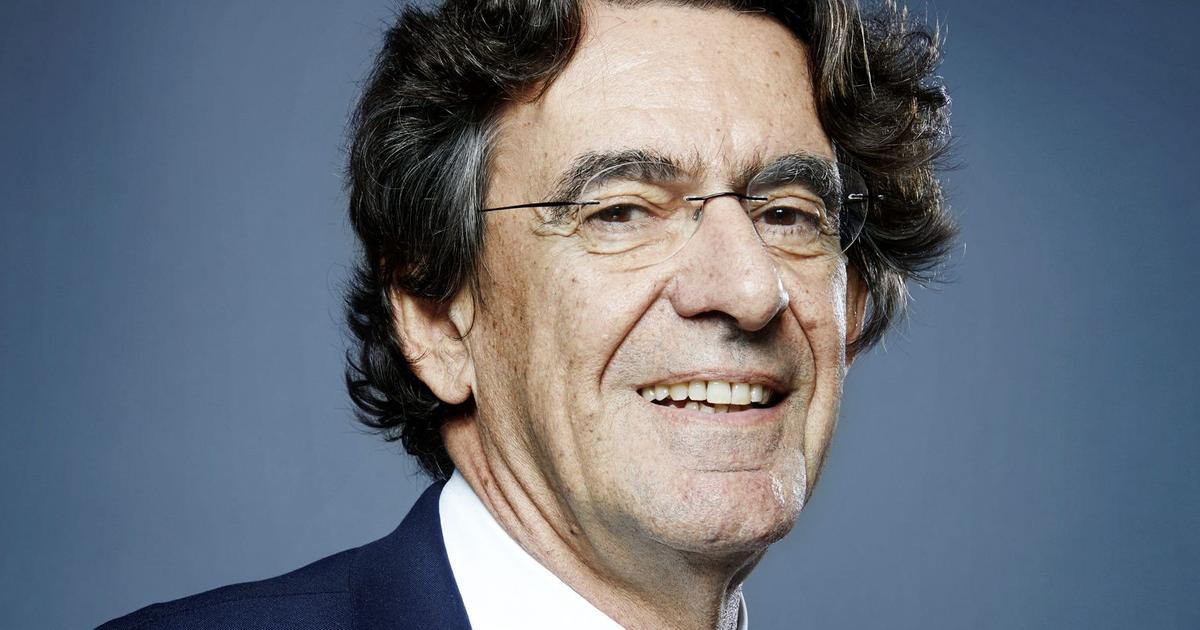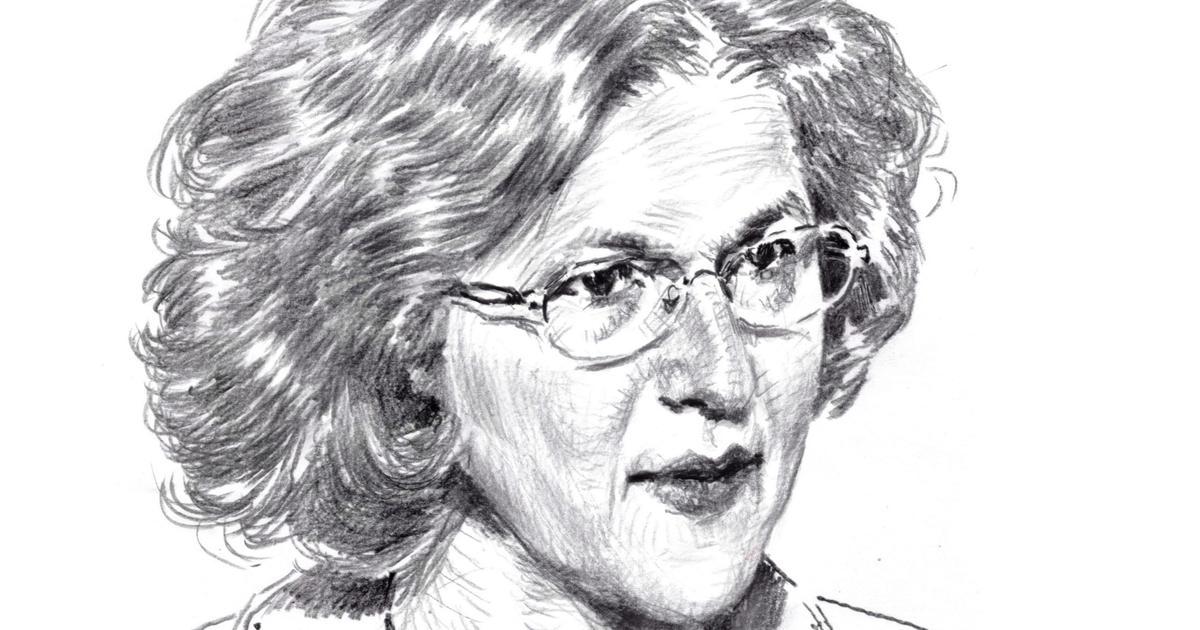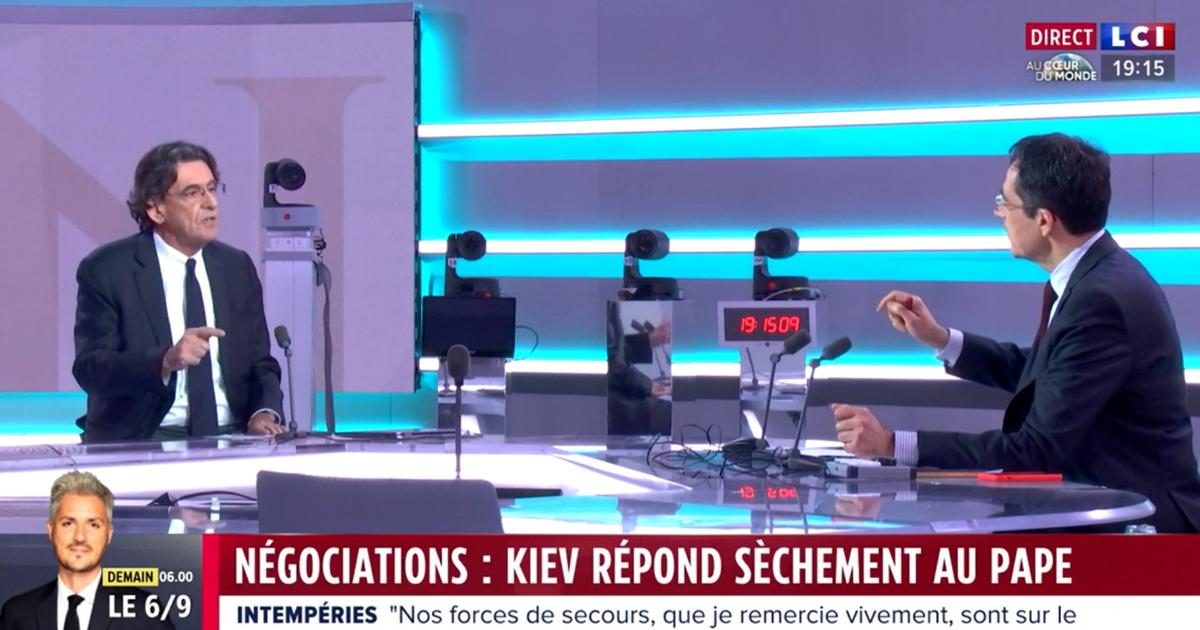The philosopher, a specialist in Greek civilization, is launching a collection of comic strips on mythology.
The ambition of the famous academic is simple.
It offers readers of all generations popular scholarly works.
For
Le Figaro
, he explains how he designed this one-of-a-kind collection.
LE FIGARO.
- What motivated this project mixing Greek mythology with comics?
Luc Ferry.
-
It was my friend Erik Orsenna who suggested this project to our publisher, Jacques Glénat.
He knew that I had been working on Greek myths for decades and he had the happy idea of suggesting that he use comics as a medium…
How can comics, a young and popular art, transmit all the subtleties of these ancient stories?
Mythological tales are highly visual, filled with sublime landscapes and characters, lavish palaces, monsters and adventures.
Comics are an ideal medium for transmitting the beauty and depth of Greek myths, especially since at the end of each album, I indicate the sources and give the meaning of the myths I have told.
I am lucky to be surrounded by an exceptional team.
I was able to do meticulous historical work with her, both on the story and on the representation of the realities of the time - palaces, clothes, boats, weapons, jewelry, etc.
- so that everything conforms to what we know of archaic Greece.
We have taken up the ancient iconography as found on the vases, for example, and as a result, when you read our albums, it's a bit like falling into Homer's Greece.
Read alsoDidier Poli: "We have forgotten it a little, but the Greek myths are very raw"
Why start from the original Greek texts?
Indeed, I have always started from the original Greek texts, from the primary matrices of the myths.
You should know that these great stories extend from the 8th century BC to the 5th century after.
There are therefore, for almost all the great myths, quantities of variants, hence the interest of starting from the first versions which are often much more powerful than the derivatives.
I am convinced that the more you address a large audience, which is often younger, the less you have the right to talk about nonsense.
I've never worked second-hand and I've been fine with it.
I am flabbergasted to see the extent to which popular books, even sometimes works with scholarly pretensions, tell nonsense for lack of first-hand work.
I have sometimes added certain variants, for example from the
Metamorphoses
by Ovid, fables by Hygin or stories by Nonnos de Panopolis, but always specifying the sources and only when they had a real interest and did not modify the deep meaning of the original myth.
What was your modus operandi before and after the collection?
The editorial director of Éditions Glénat, Benoît Cousin, and the artistic director of the collection, Didier Poli, organize the work.
They choose designers who are true artists for me.
They ensure the coherence of the whole as well as the fidelity of the iconography to the realities of the time.
I write the plot of the story, about thirty pages per album, often inserting dialogues borrowed from the original texts, and the screenwriter Clotilde Bruneau, who understands the myths to perfection, cuts the story into album pages and transforms the plot into "bubbles" associated with the images.
Then I read it all over to make sure we haven't made a mistake.
Read also“The wisdom of myths”: a rare collection related to our time
The style of drawing chosen for this collection is above all realistic, classic, academic.
Why this choice?
"Greek mythology is the religion of beauty"
, said Hegel.
It would have been unthinkable, disastrous, to seek to stylize and "modernize" the design.
We wanted to render the colors and beauties of Greece, which required a clear and realistic line…
Mythological stories are often violent, cruel and contain a very strong charge of impulses.
Were you forced to water down certain aspects?
Yes, mythology, like the Old Testament, is sometimes very violent.
The feasts of Dionysus, where all the sexual perversions and the most atrocious sadism were authorized, are not presentable to primary school children.
But we can very well suggest, without watering down, a bit like we did in the cinema until the 1960s.
It is the enterprise of a decade, if not a lifetime.
I have spent thousands of hours understanding these myths and I have no regrets.
Luc Ferry
How do you explain the duration of these myths in the time of #MeToo?
How do they still fascinate?
If it has worked for almost three thousand years, it is because there are in the myths, as in the great sacred texts, messages of abysmal depth that touch on all the great questions that humans have always faced: love, mourning, war, disease, death, lying, cunning and above all the question of the meaning of existence, salvation and the definition of the good life for mortals we are, so that the great myths speak to children as much as to adults.
For example, there is in mythology a strong sense of the transcendence of nature, of what the ancient Greeks called the “cosmos”.
The deepest message of mythology is that the good life consists in putting oneself in harmony with the cosmic order, which “consonants” with the concern for ecology today.
Read also“The wisdom of myths”: once upon a time there was mythology in comics
What is the universal message, wisdom and philosophy that younger generations can take away?
Not just young people.
Mythology, like fairy tales, is for children aged 7 to 97!
Many myths, for example those of Heracles, Theseus or Perseus, reproduce an identical structure which is at the heart of the mythological message: just as Zeus had to defeat the first gods, the titans, to share the world harmoniously, therefore to give birth to a just, beautiful and good cosmic order where humans will be able to seek the meaning of their lives by agreeing to it, these heroes are "lieutenants" of the king of the gods.
Like him, they fight against the resurgence of the primitive powers of chaos in order to preserve the harmony, the correctness and the beauty of the cosmos.
We can clearly see what is at stake in these “titanic” fights: if the cosmos were destroyed, or even only damaged, humans could no longer find their place in it.
If the meaning of life lies in bringing oneself into harmony with the harmony of the world, as we already see in the story of Odysseus, then it is vital that this harmony is not destroyed.
From this flows the terrible punishment that always falls on those who sin by "hubris", by arrogance and excess, and who, like Prometheus, Midas or Tantalus, threaten the order established by Zeus with destruction.
Here again, we find this idea in the most contemporary ecological concerns.
threaten the order established by Zeus with destruction.
Here again, we find this idea in the most contemporary ecological concerns.
threaten the order established by Zeus with destruction.
Here again, we find this idea in the most contemporary ecological concerns.
How does one emerge from a work of such magnitude.
Wouldn't these be the twelve labors of Heracles?
It is the enterprise of a decade, if not a lifetime.
I have spent thousands of hours understanding these myths and I have no regrets.
They are awesome, in the truest sense of the word: they are unparalleled social-historical creations.
They form, with the Bible, the first matrix of Western culture.
We cannot understand anything about our history if we ignore this double origin.







